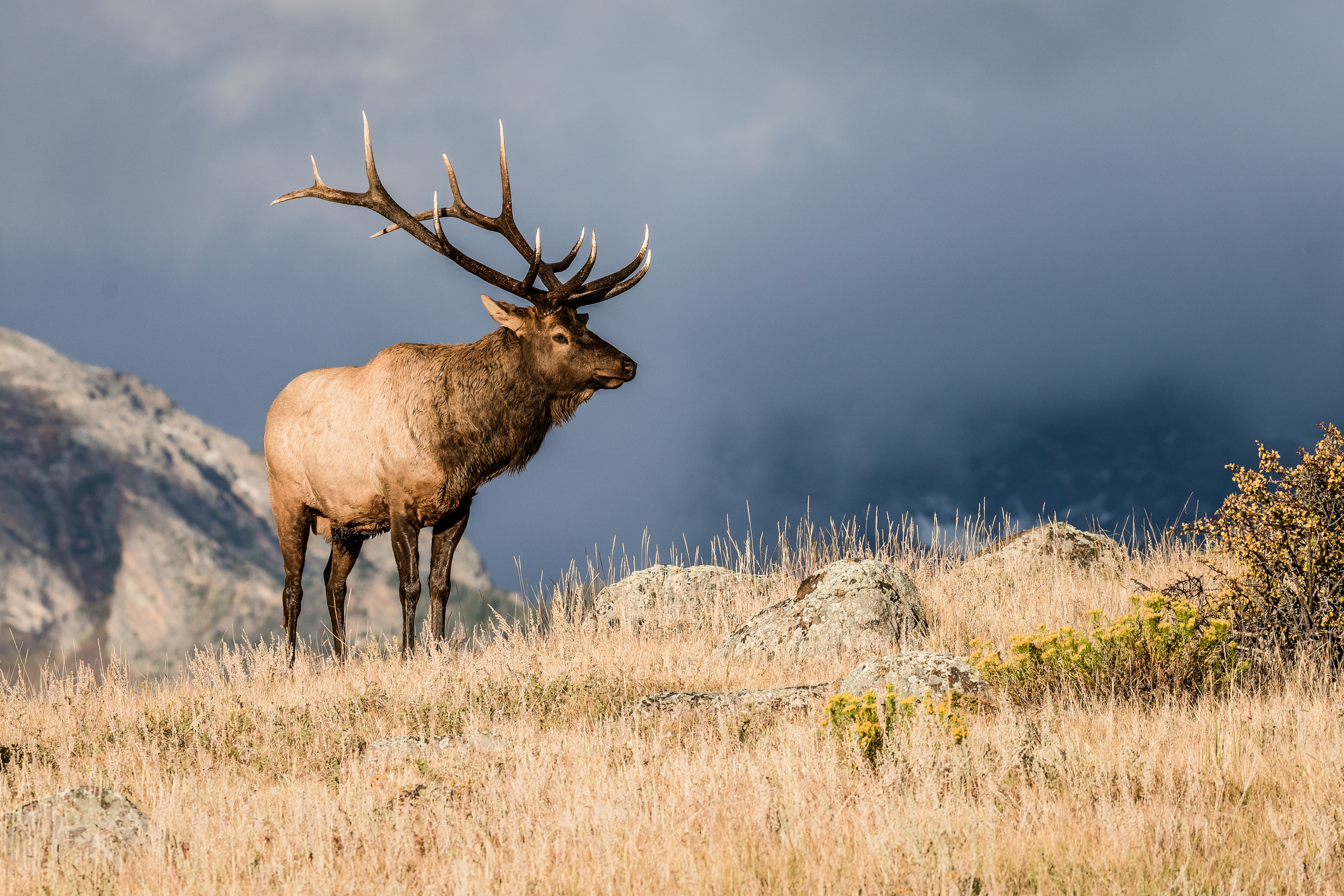Elk Antlers
Elk lose their antlers every year.
Almost all deer species including elk, mule deer, white-tailed deer and moose are annually deciduous. Meaning, similar to deciduous trees or a snake shedding its skin, elk shed their antlers every year in the winter months.
In contrast, animal horns never shed. Pronghorns, sheep, goats and bison continue to grow horns throughout their life.
The elk herds in the black hills of South Dakota shed their antlers in the late spring months of March & April. At this time, the bull elk testosterone levels are at their lowest, causing the base of the elk antler to deteriorate and eventually fall off.
Elk antlers are composed of bone. Although it may look unpleasant, shedding or dropping their antlers is not painful for the elk.
Within days of the elk dropping their antlers, new antlers will begin to grow. Developing elk antlers are covered in velvet. This velvet supplies the growing antler with nutrients and oxygen.
An elk’s velvet antler is the elastic tissue covering the bone or the elk antler in a pre-calcified growth stage. Elk antlers in the summer growth period will be covered in a hairy, fuzzy velvet while developing. This soft hair called velvet carries blood and contains nerves.
Bull elk grow their antlers in a matter of a few months, starting in April and can be fully grown by August.
A number of circumstances determine how large the elk antler rack will grow including the age, environment, available food and hereditary factors. Typically, elk will grow one additional set of points each year. A point or tine is a 'prong' on a fork in the antler.
After six years, a bull elk’s antlers may have six plus points or tines on each side and grow to a spread of more than four feet.
Elk antlers serve in attracting mates. Research shows that female elk heavily favor suitors with more antler points.
Additionally, elk antlers function as weapons in fights with other males vying for status within the herd. The front tines protect their eyes during these battles. It’s important to remember that while elk are beautiful creatures they are also aggressive.
Known for their large antlers and equally large body size, elk are one of the largest land mammals in all of North America behind the bison, bear, moose and others.
Claw, Antler & Hide Co. offers a variety of Elk Antler products including:
Elk Antler Rosettes
Elk Antler Buttons
Elk Antler Pairs
Elk Antler Single Sheds
Claw, Antler & Hide Co. carries a large assortment of elk antler sheds. Price’s run from $35 - $175 per antler depending on the size.

